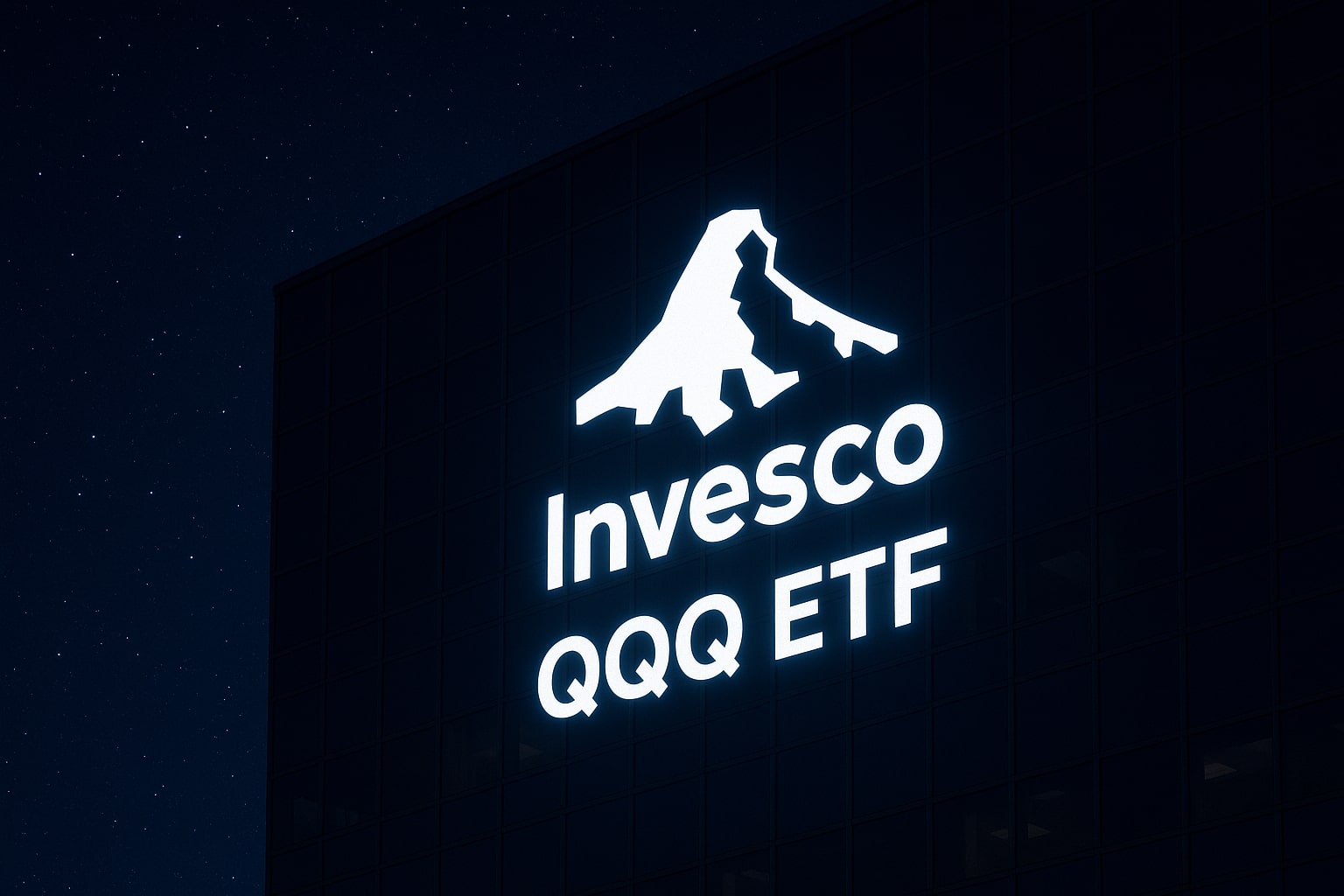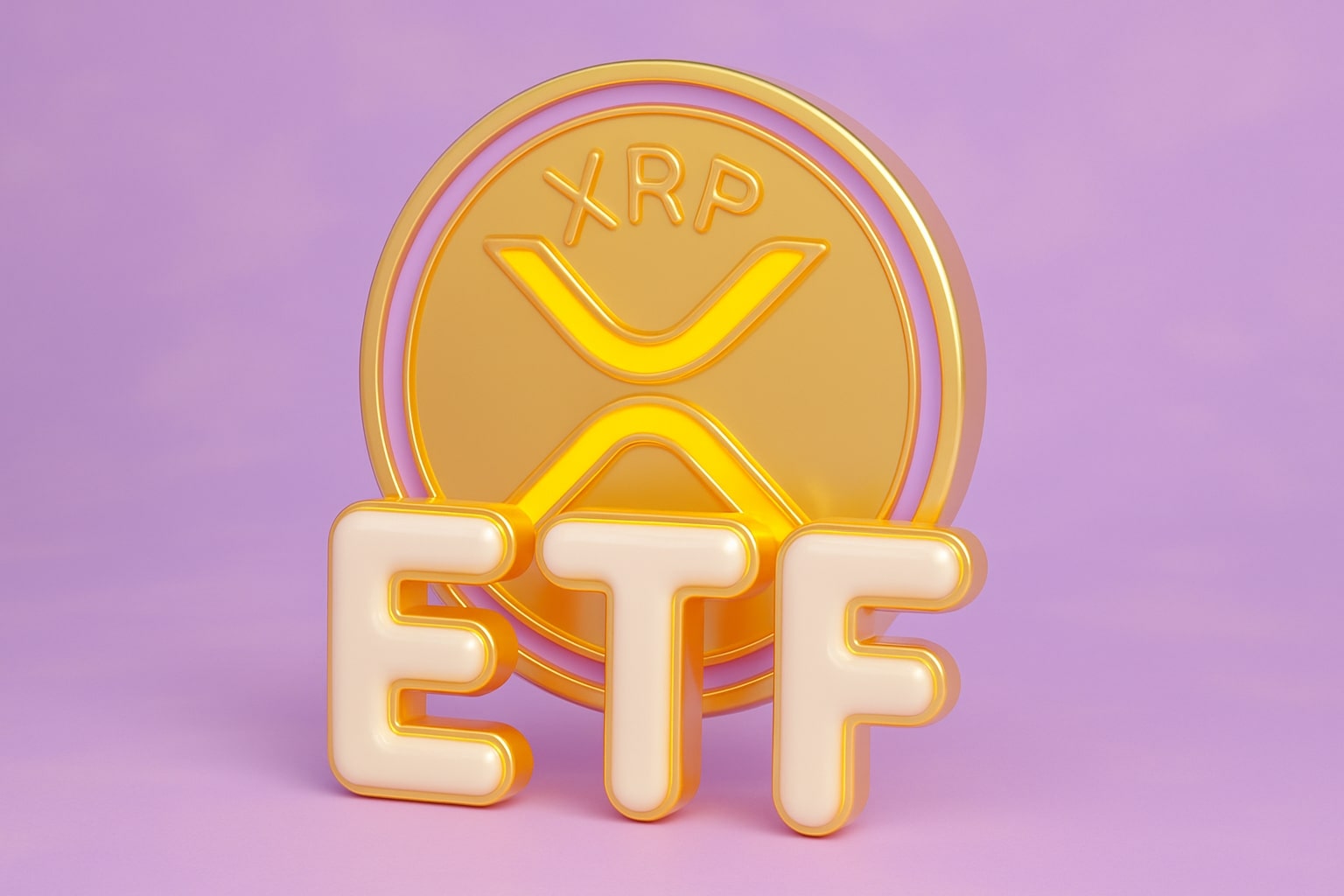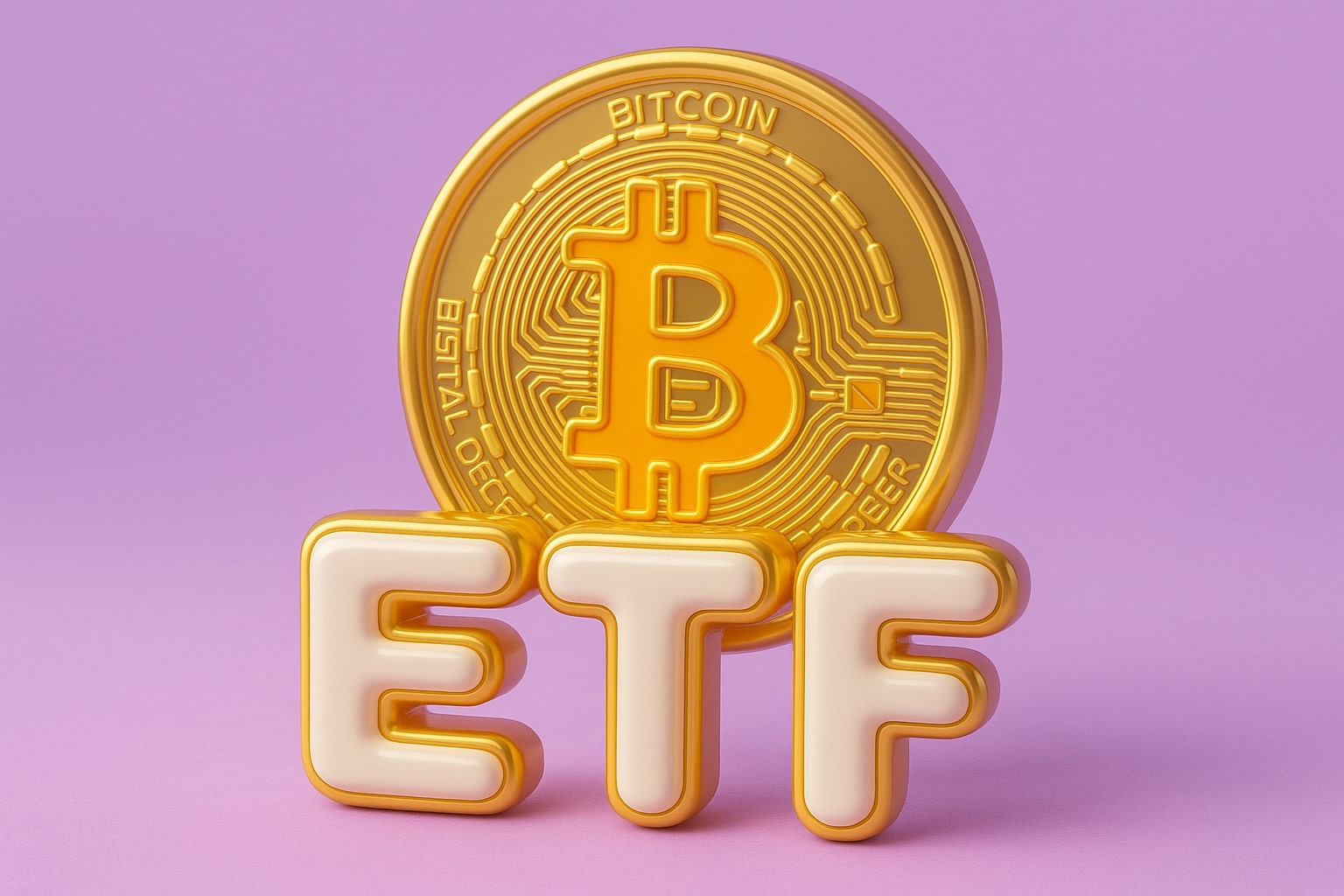What Is an ETF
ETFs: A Guide For Buying and Understanding Different Types of ETFs
An exchange-traded fund (ETF) is a type of financial security. ETFs can be purchased or sold on a stock exchange just like ordinary equities and often track an index, industry, commodity, or other assets. They provide a wide variety of investment alternatives and can be set up to follow particular investment strategies or indices.
The SPDR S&P 500 ETF (SPY), the first ETF to be released, is still actively traded today. When compared to mutual funds, ETFs provide a number of benefits, including as cheaper fees, more liquidity, and the capacity to be traded all during the trading day.
ETFs offer exposure to a wide range of asset classes, including currencies, commodities, fixed income, and equity. With the aid of equity ETFs, investors can concentrate on particular markets, nations, or company sizes. Government, corporate, and municipal bonds are included in bond ETFs, which offer consistent income. Exposure to commodities like gold, silver, or oil is provided by commodity ETFs. Investors may hedging their portfolios or speculating on currency movements thanks to currency ETFs. Leveraged and inverse ETFs, for example, have a bigger growth potential but also a higher risk profile.
Factor ETFs target important return drivers across asset classes, whereas sustainable ETFs take governance, social, and environmental factors into account. Sector ETFs concentrate on certain businesses or sectors, whereas international ETFs offer exposure to international markets. Companies with a track record of paying dividends are the focus of dividend ETFs. Market capitalisation is used to select and weight stocks in market-cap index ETFs. Fundamental, factor-based, and smart beta ETFs follow indices using methods other than conventional market-cap weighting. ESG variables are incorporated into ESG ETFs to line them with ethical inclinations. Bond ETFs manage bond portfolios, whereas commodities ETFs give investors exposure to raw resources. Inverse ETFs seek to make money from falling stock prices, while currency ETFs follow currency pairs. Leveraged ETFs aim to increase the underlying investments' returns.
Bond/Fixed Income ETFs offer investors diversification and lower risk compared to stock ETFs through investments in fixed-income assets.
Check What is a Bond ETF
Commodity ETFs provide investors with risk management and diversification by offering exposure to commodities like gold, silver, or oil.
Check What is a Commodity ETF
Currency ETFs allow investors to speculate on currency changes or protect their portfolios by investing in individual currencies or currency baskets.
Check What is a Currency ETF
Factor ETFs focus on key drivers of return across asset classes by providing exposure to variables such as value, growth, or quality.
What Is A Factor ETFs?
Sustainable ETFs integrate environmental, social, and governance (ESG) considerations into their investment strategy, aligning with investors' ethical preferences.
International ETFs provide exposure to the global market by holding equities of companies headquartered outside the United States.
Sector ETFs enable investors to concentrate their investments on specific industries or sectors based on their preferred business models or products.
Dividend ETFs invest in companies with a track record of paying dividends, offering investors a reliable income stream.
Market-cap index ETFs select and weight equities based on their market capitalization, granting exposure to companies of different sizes.
Smart beta, factor-based, and fundamental ETFs track indexes using strategies beyond traditional market-cap weighting, targeting specific factors or fundamental metrics.
ESG ETFs incorporate environmental, social, and governance issues into their investment approach, reflecting investors' values.
That's TradingNEWS
Read More
-
GPIX ETF At $52.52: 8% Yield And Dynamic S&P 500 Income Upside
13.12.2025 · TradingNEWS ArchiveStocks
-
XRP ETFs Surge Toward $1B As XRPI Hits $11.64 And XRPR $16.48 With XRP Near $2
13.12.2025 · TradingNEWS ArchiveCrypto
-
Natural Gas Price Forecast: NG=F Hovers Near $4.07 Support After 22% Weekly Slide
13.12.2025 · TradingNEWS ArchiveCommodities
-
USD/JPY Price Forecast - Dollar to Yen at 154–158 Range as BoJ 0.75% Hike and Fed Cut Debate
13.12.2025 · TradingNEWS ArchiveForex


















